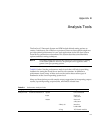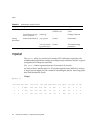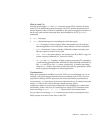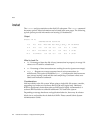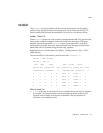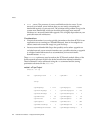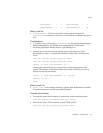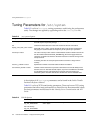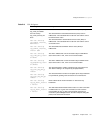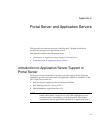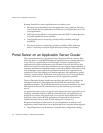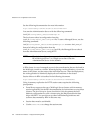netstat
Appendix B Analysis Tools 149
tcpListenDrop = 0 tcpListenDropQ0 = 0
tcpHalfOpenDrop = 0 tcpOutSackRetrans = 56
What to look for
• tcpListenDrop - If after several looks at the command output the
tcpListenDrop continues to increase, it could indicate a problem with queue
size.
Considerations:
• A possible cause of increasing tcpListenDrop is the application throughput
being bottlenecked by the number of executing threads. At this point
increasing application threads may be a good thing to try.
• Increase queue size. Increase the request queue sizes using ndd. More
information on other
ndd
commands referenced in the Solaris Administration
Guide.
ondd -set /dev/tcp tcp_conn_req_max_q <value>
ondd -set /dev/tcp tcp_conn_req_max_q0 <value>
netstat -a | grep <your_hostname> | wc -l
Running this command gives a rough count of socket connections on the
system. The number of connections open at one time is limited; you can use
this tool to look for bottlenecks.
netstat -a | grep <your_hostname> | wc -l Output
#netstat -a | wc -l
34567
What to Look For
•
socket count
- If the number returned is greater than 20,000 then the number
of socket connections could be a possible bottleneck.
Consider the following:
• Decrease the point where number of anonymous socket connections start.
ondd -set /dev/tcp tcp_smallest_anon_port <value>
• Decrease the time a TCP connection stays in TIME_WAIT.
ondd -set /dev/tcp tcp_time_wait_interval <value>





